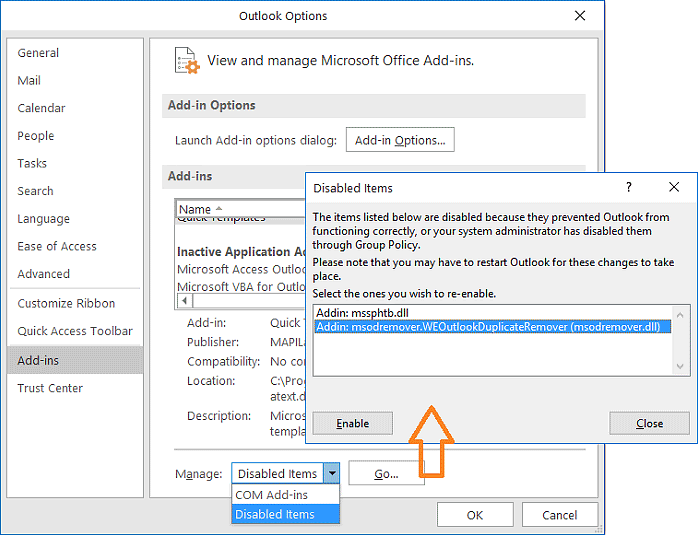

There, you’ll see add-ins that come installed with Outlook by default, like the Microsoft Exchange Add-In (required for various features that come with Exchange accounts) alongside any third-party add-ins you’ve installed. To see which add-ins you currently have installed in Outlook 2013, go to File > Options.

How do you find Outlook add-ins?Īs an end user, most of the time you will stumble on an Outlook add-in when you’re looking for a specific feature or function you need to perform, rather than browsing or “window shopping” a list of add-ins. One example of an add-in is Save As PDF, which converts emails to PDFs and includes each attachment in the PDF as well. Most consider add-ins as third-party solutions, though, that are intentionally installed and activated to add more functionality. In fact, Outlook comes pre-installed with a number of add-ins, but not all of them are activated by default. Outlook add-ins are often called plug-ins or extensions. What is an Outlook add-in?Īdd-ins are simply installed features that run inside of other programs to increase or enhance the functionality. Today we’re looking specifically at Outlook add-ins. If you do need to disable add-ins for troubleshooting purposes, that is a simple process too. They can be very useful in adding functionality that doesn’t come out of the box with Office programs, or enhancing the existing functionality. We’ve mentioned add-ins before in troubleshooting Office programs, but add-ins don’t always cause trouble.


 0 kommentar(er)
0 kommentar(er)
